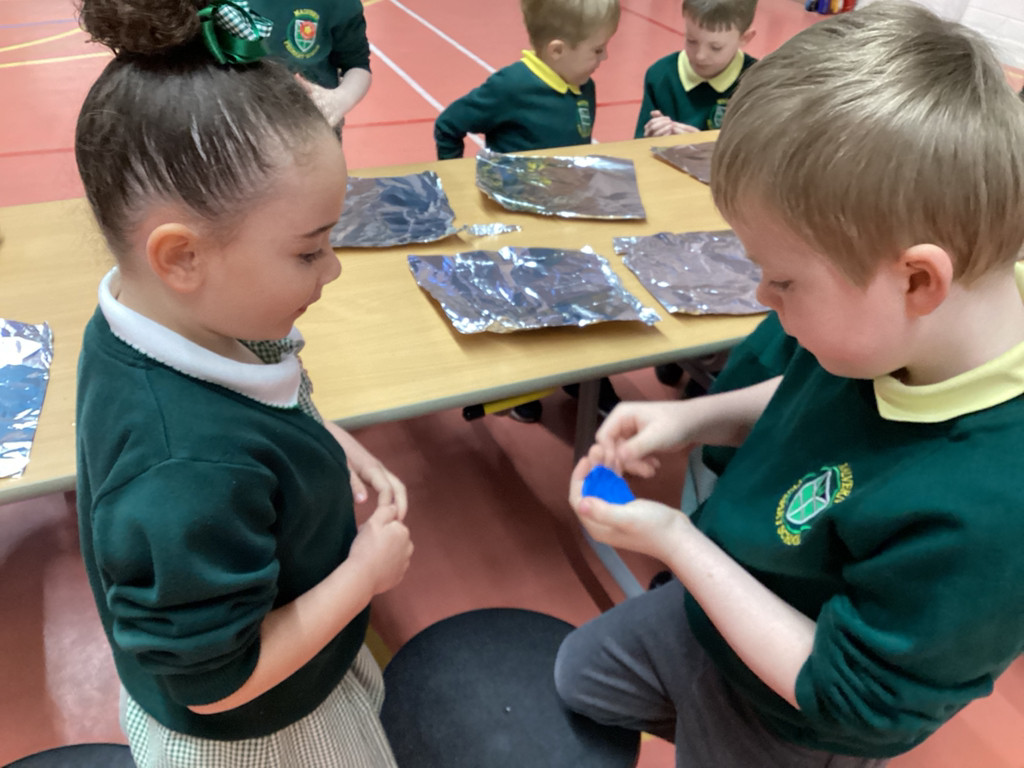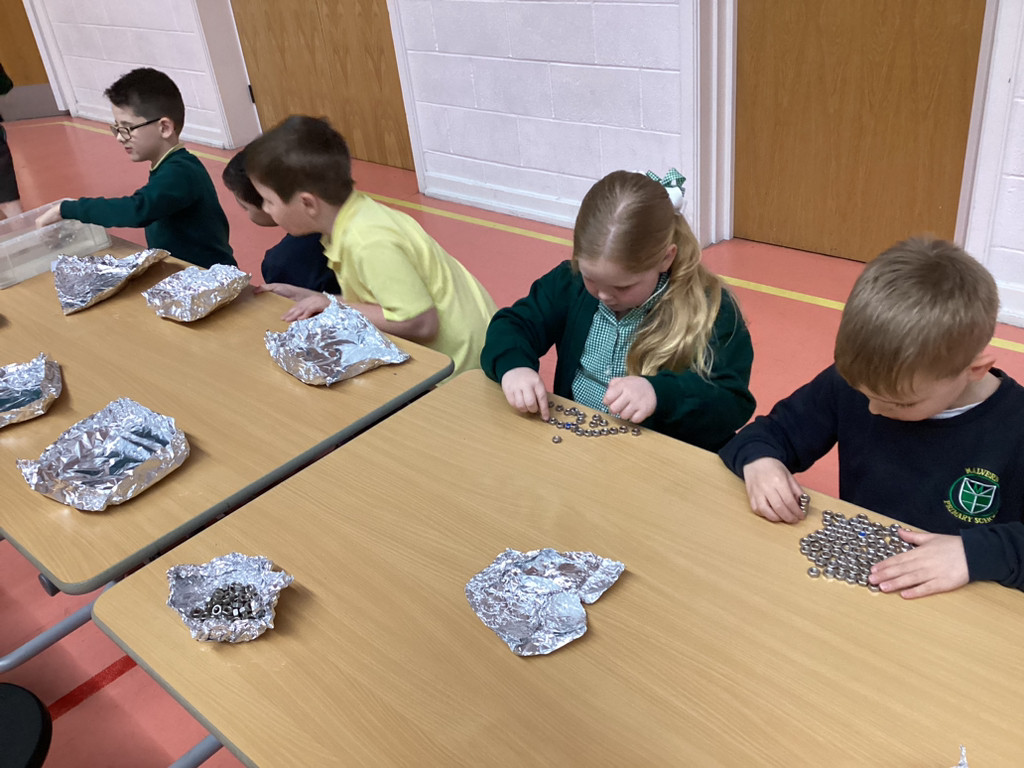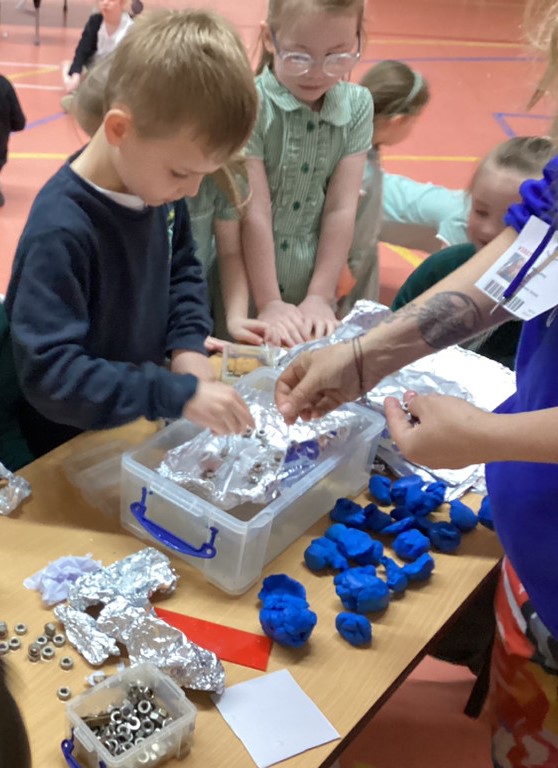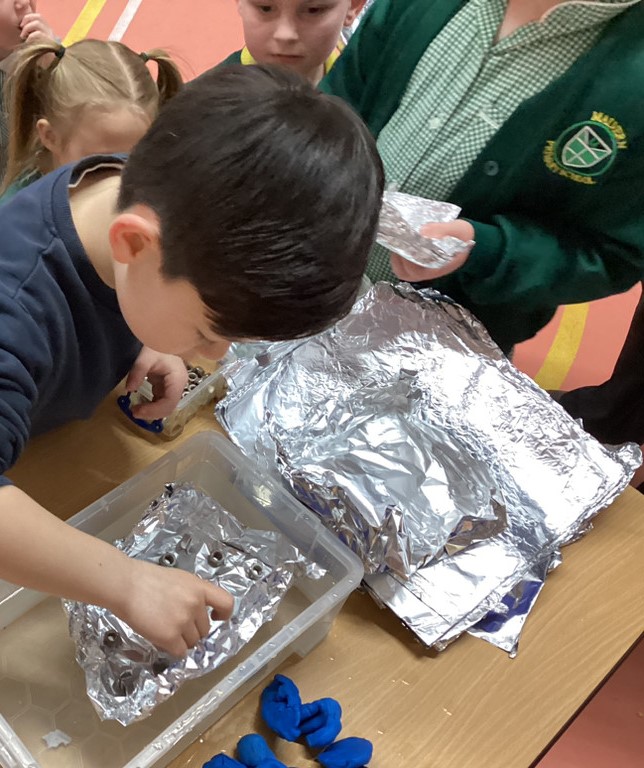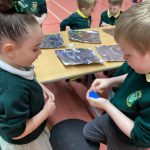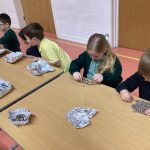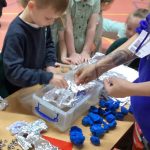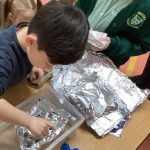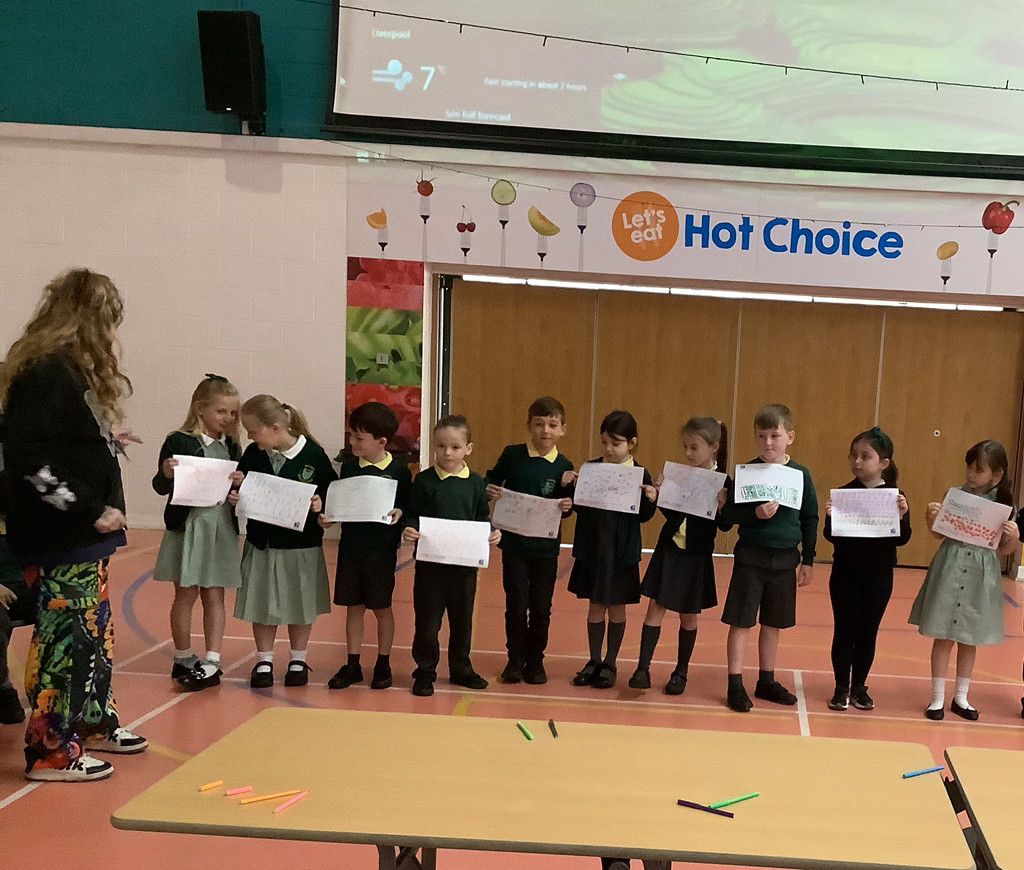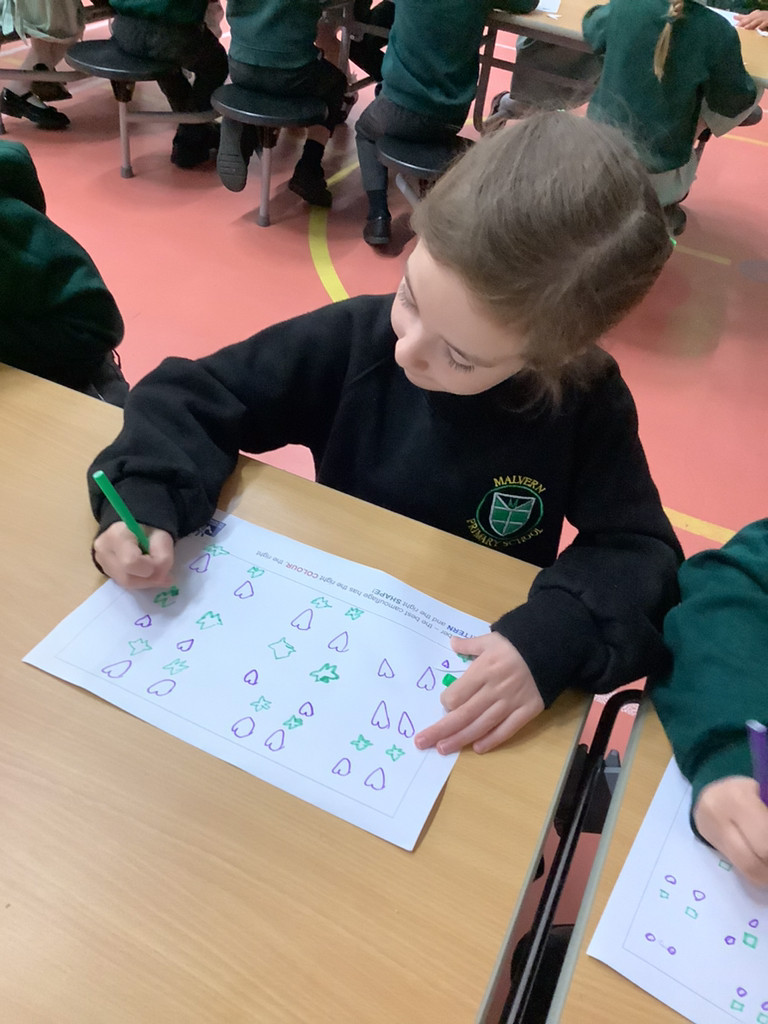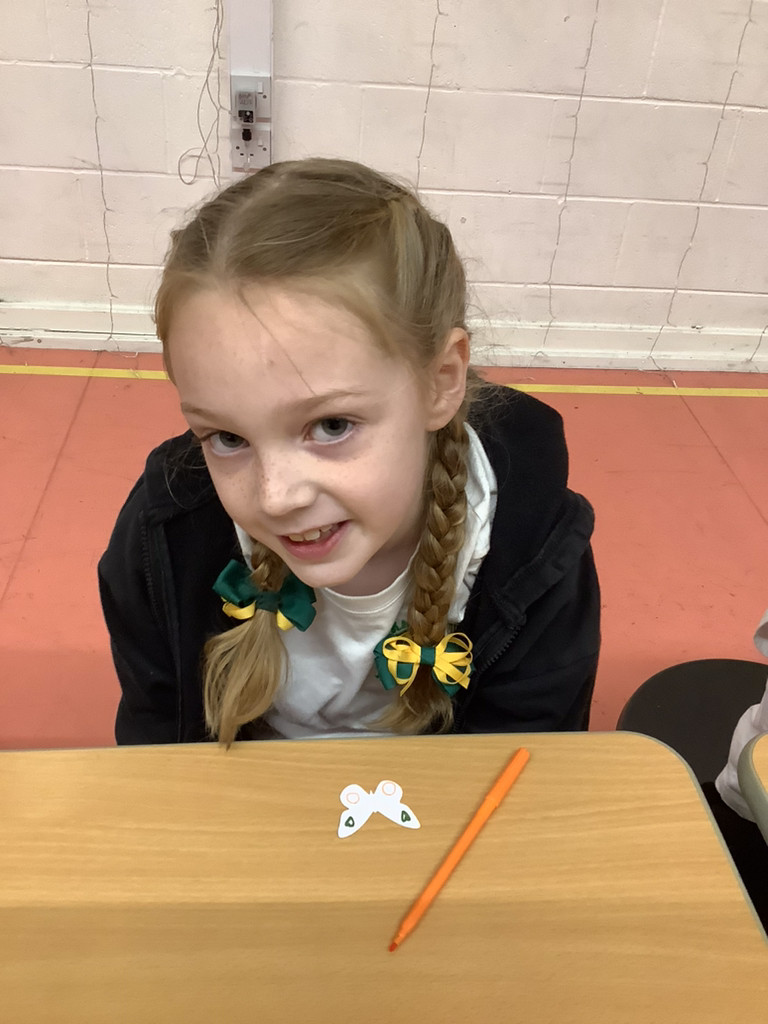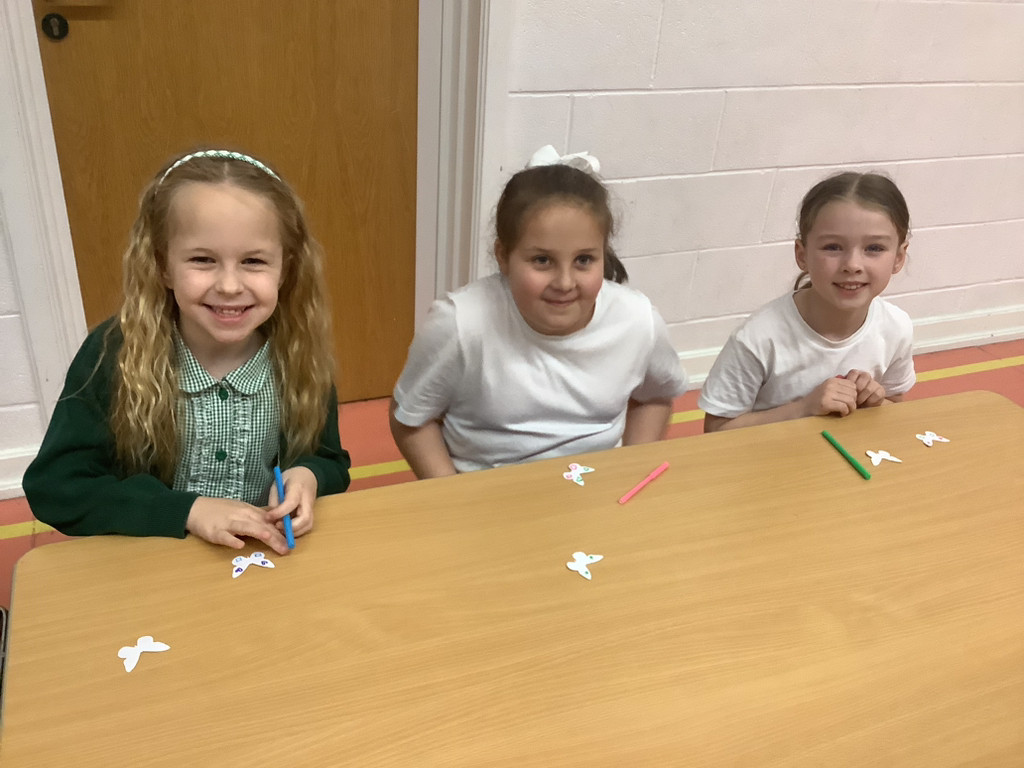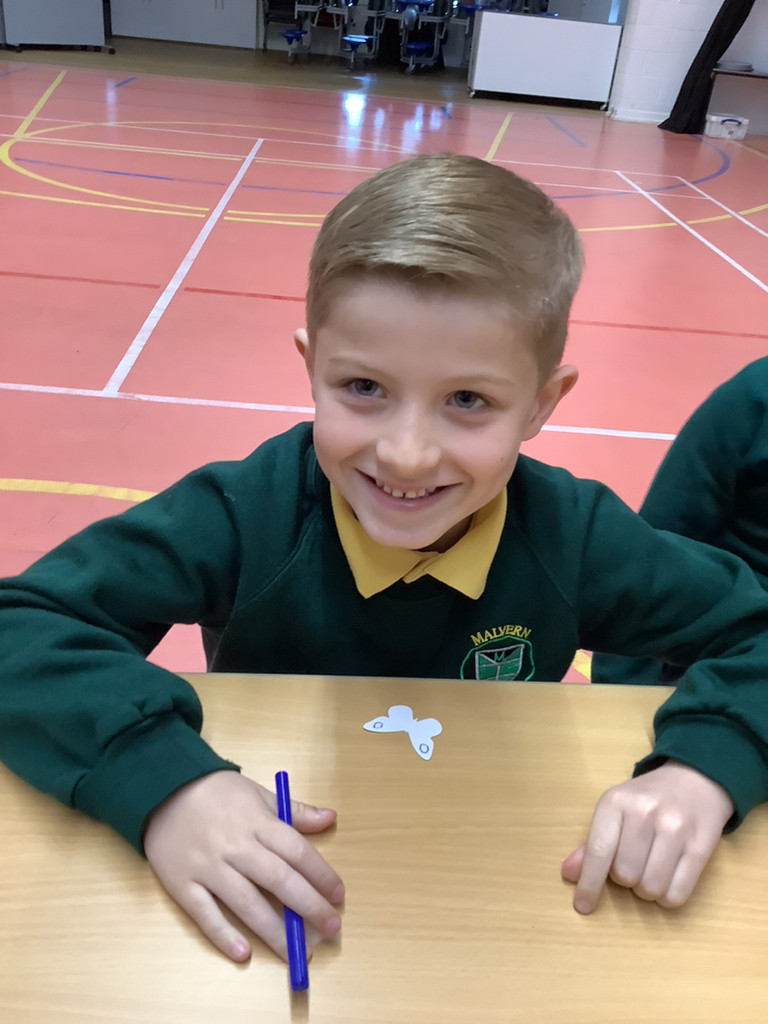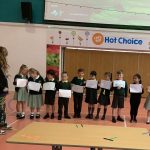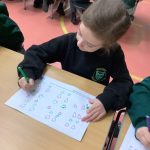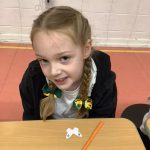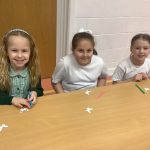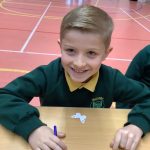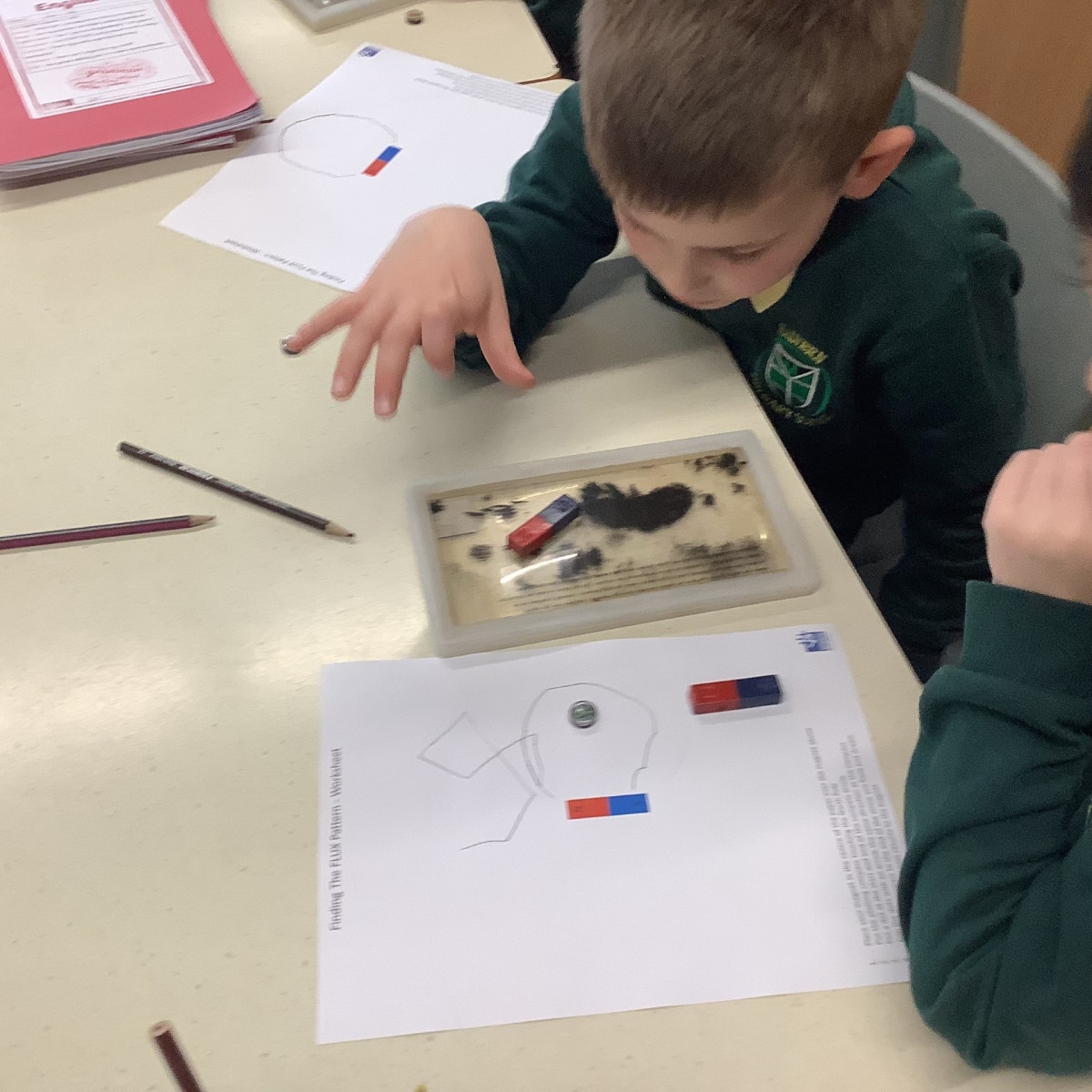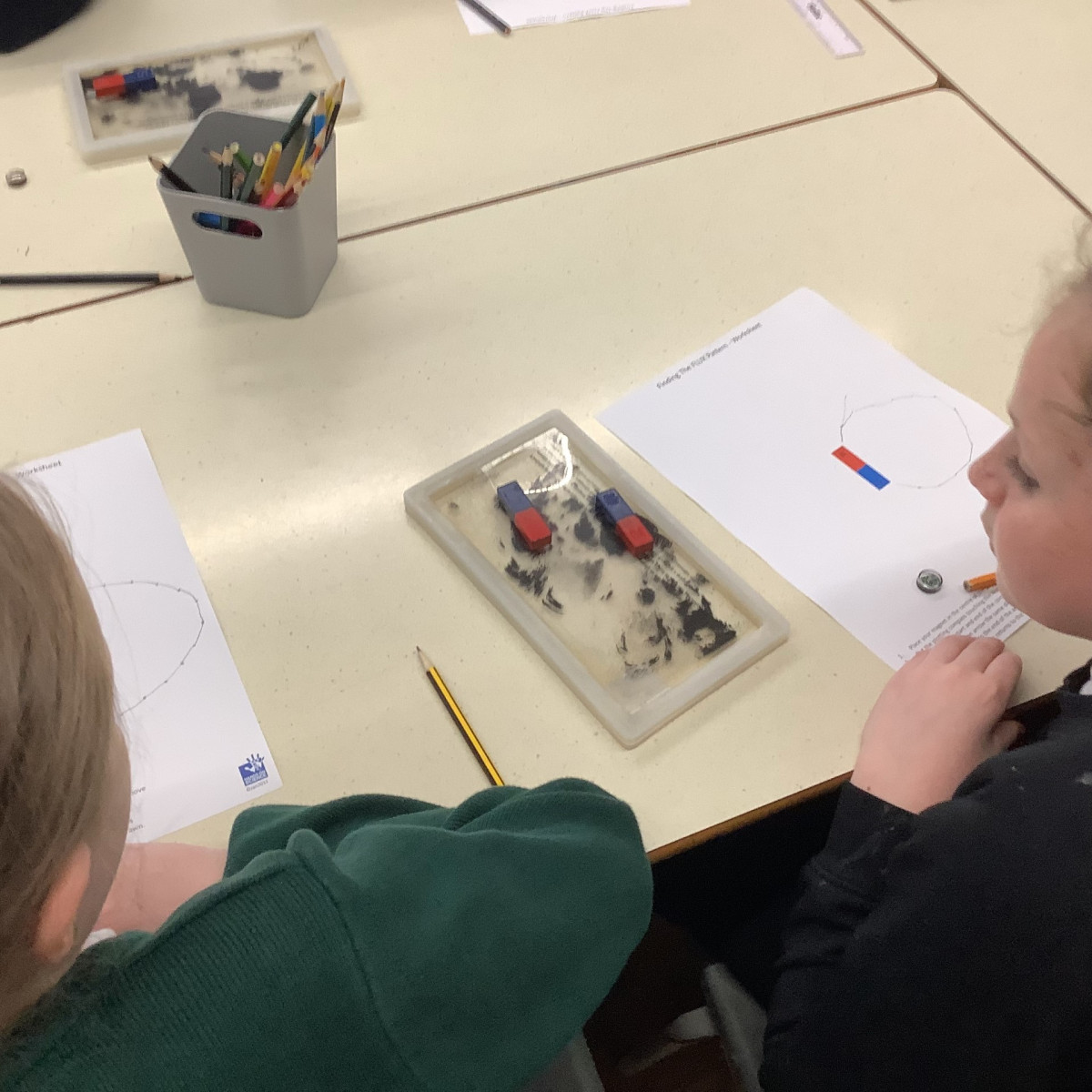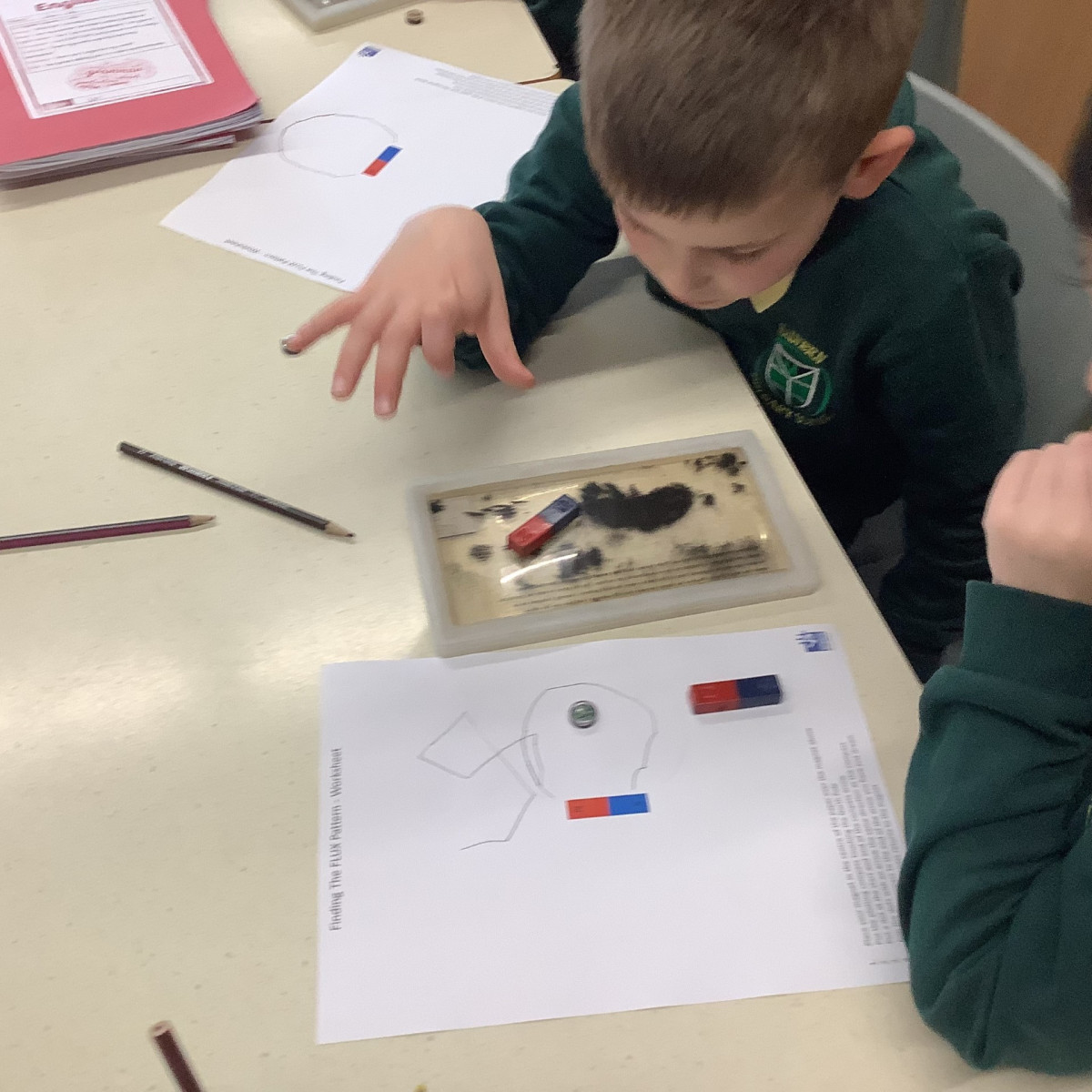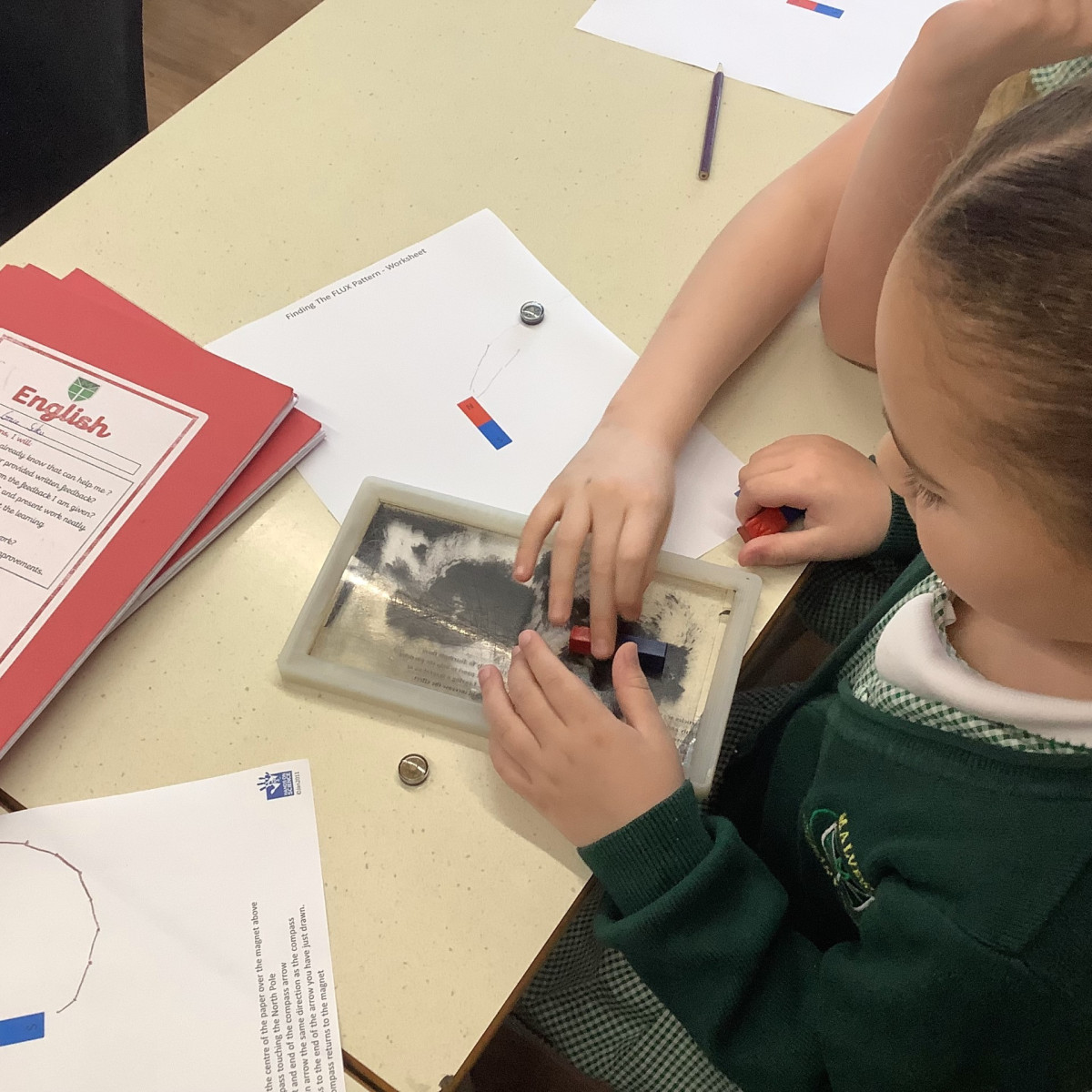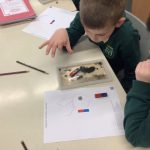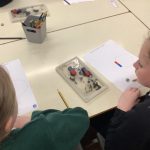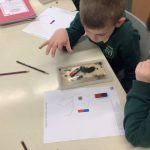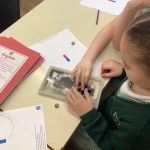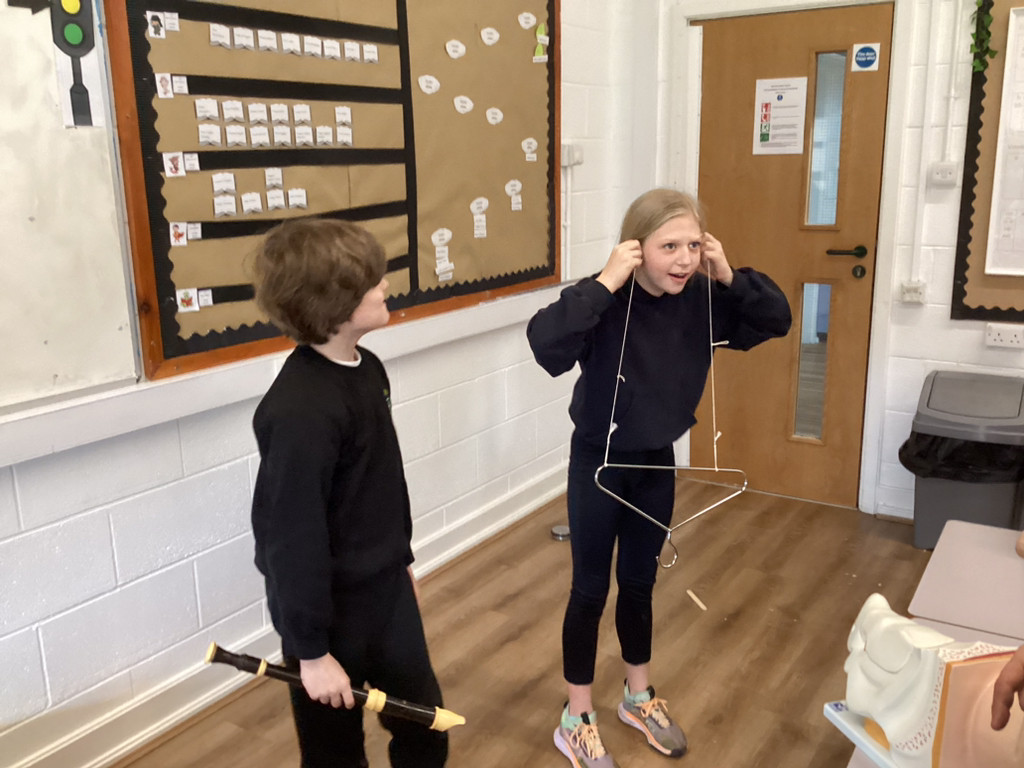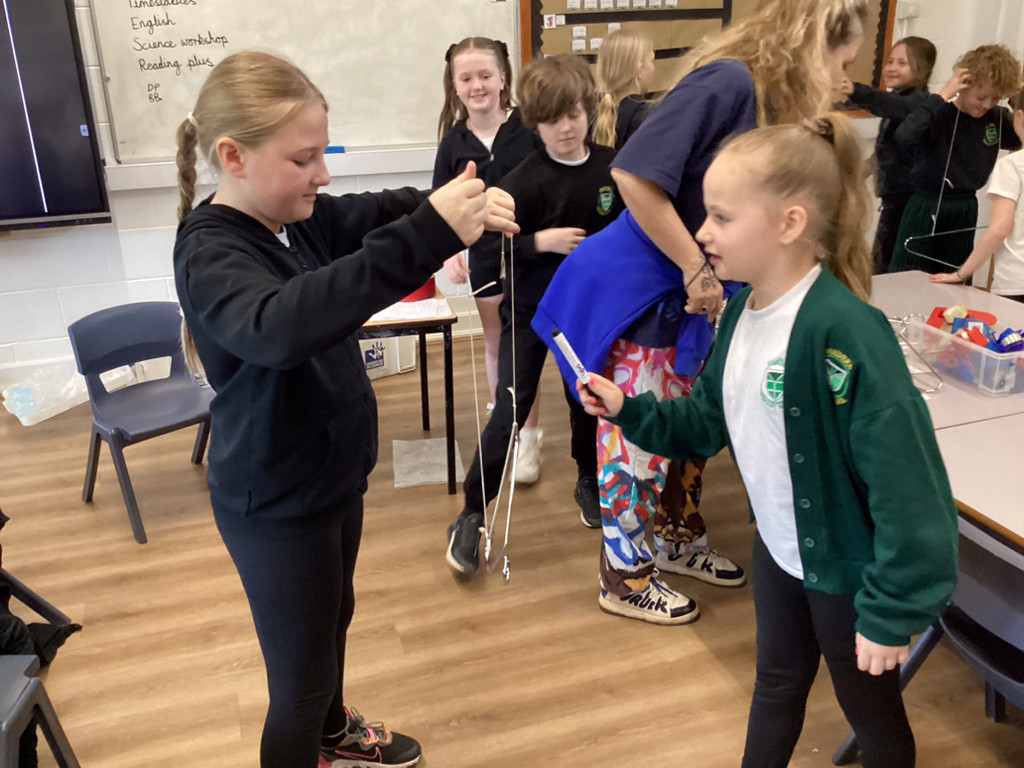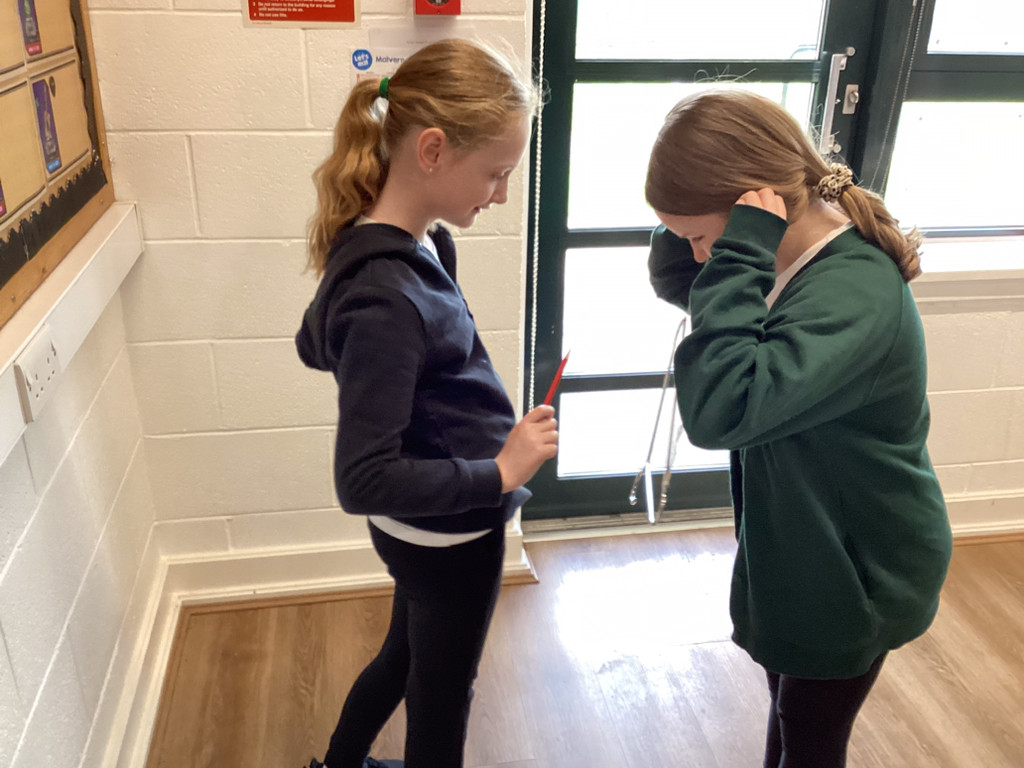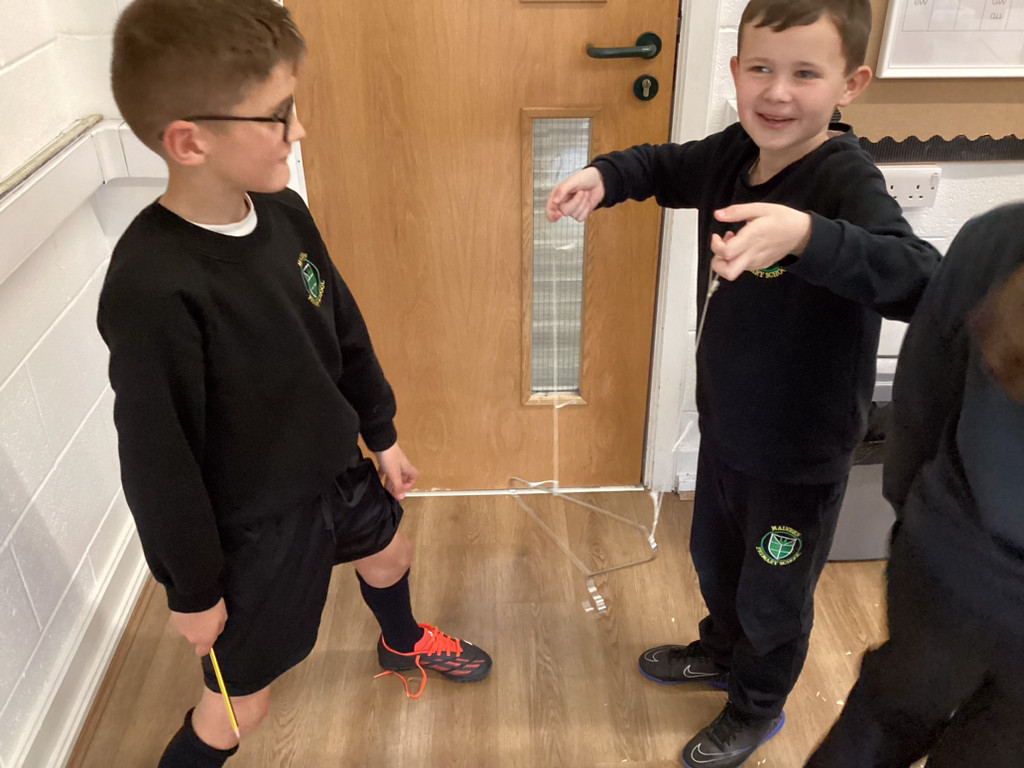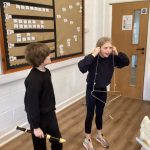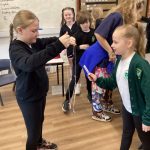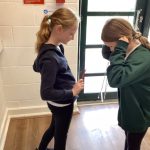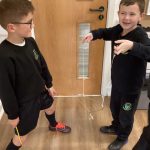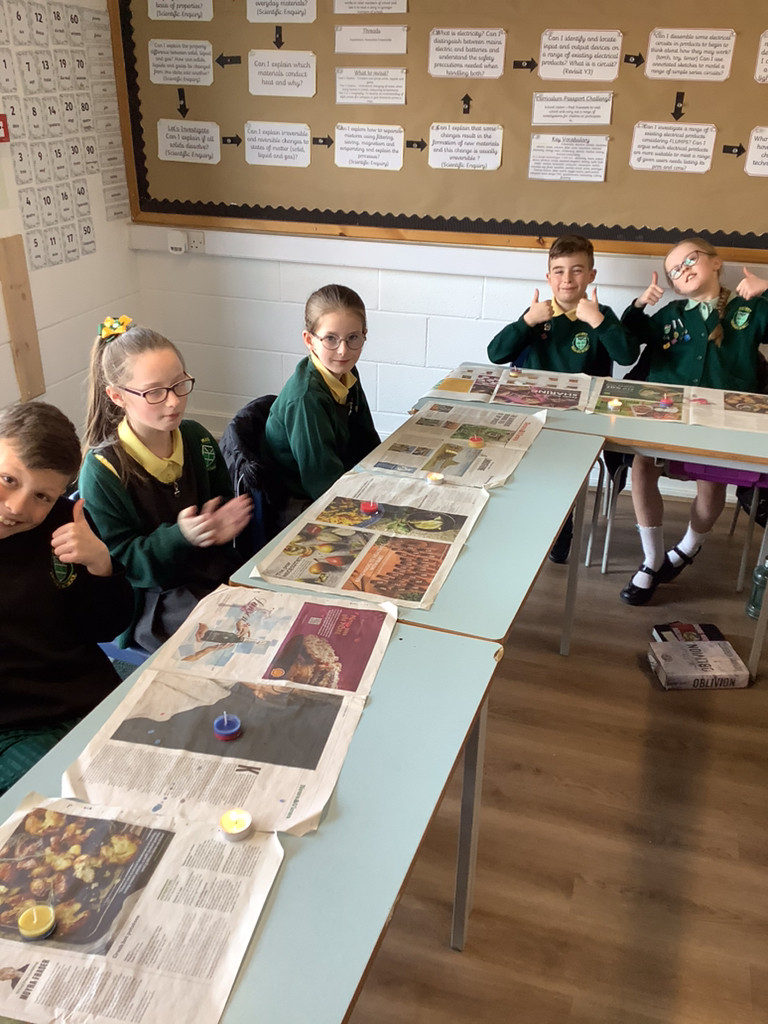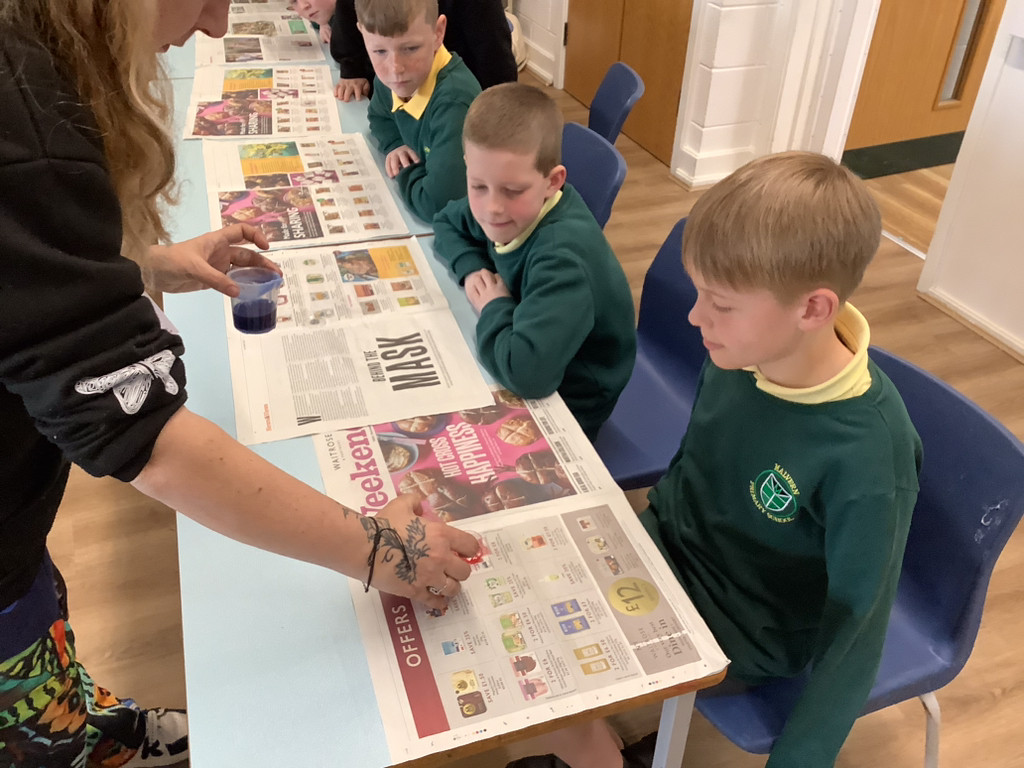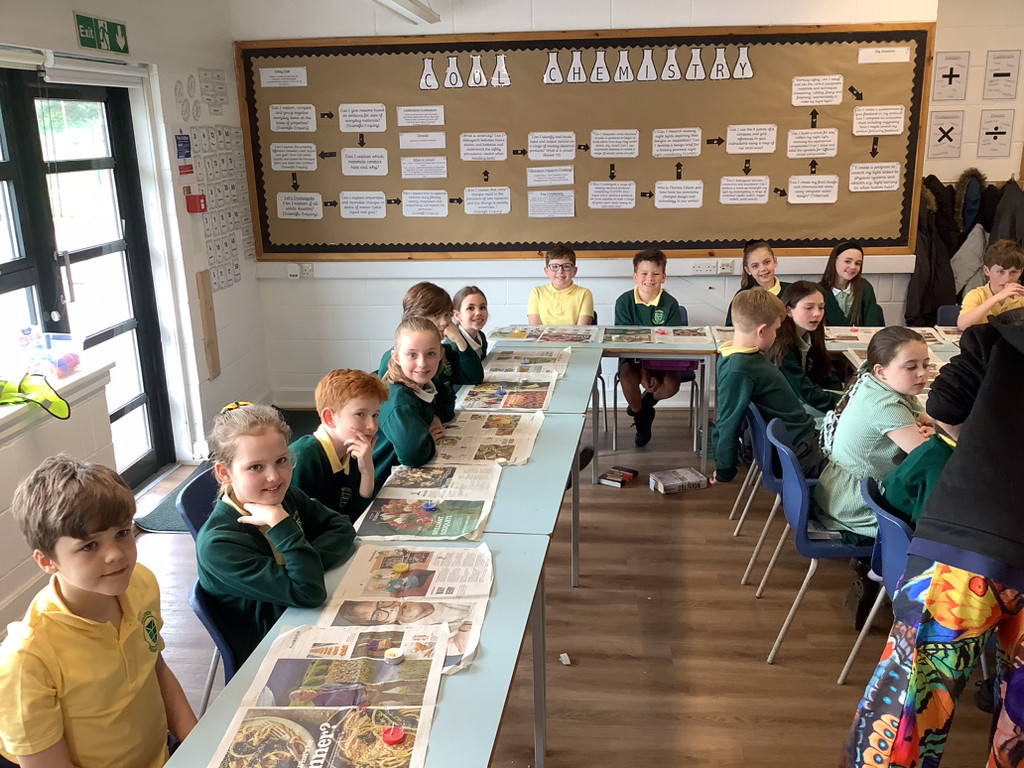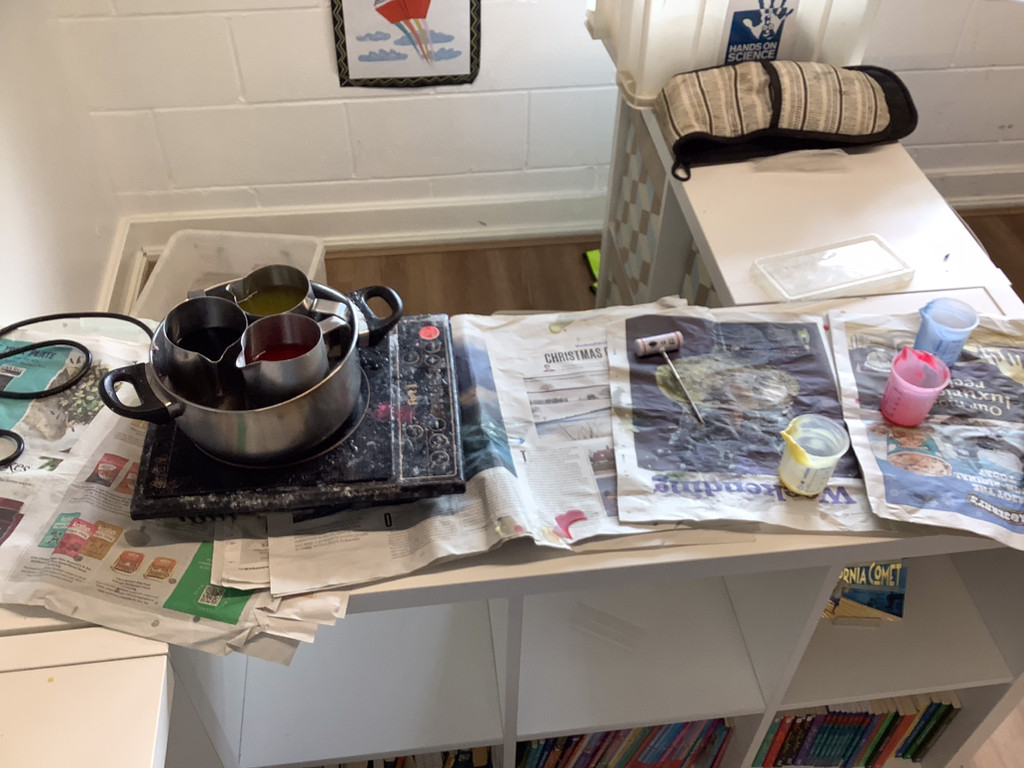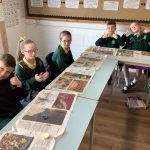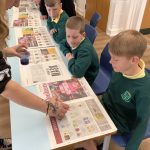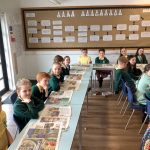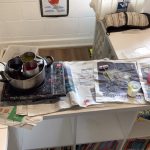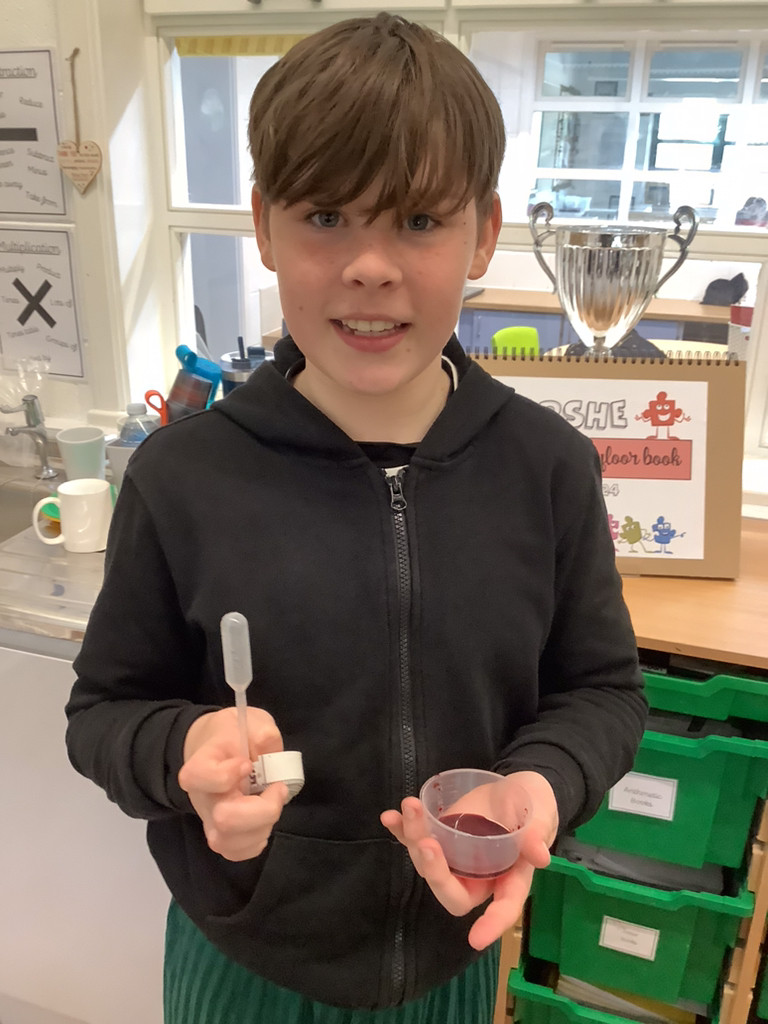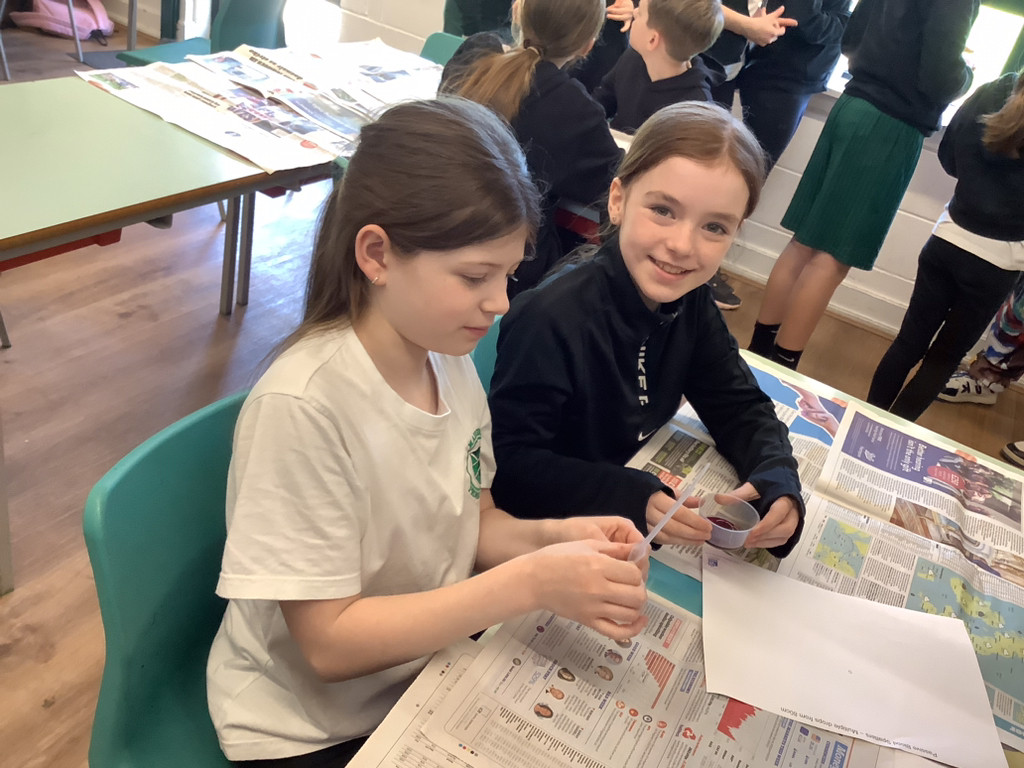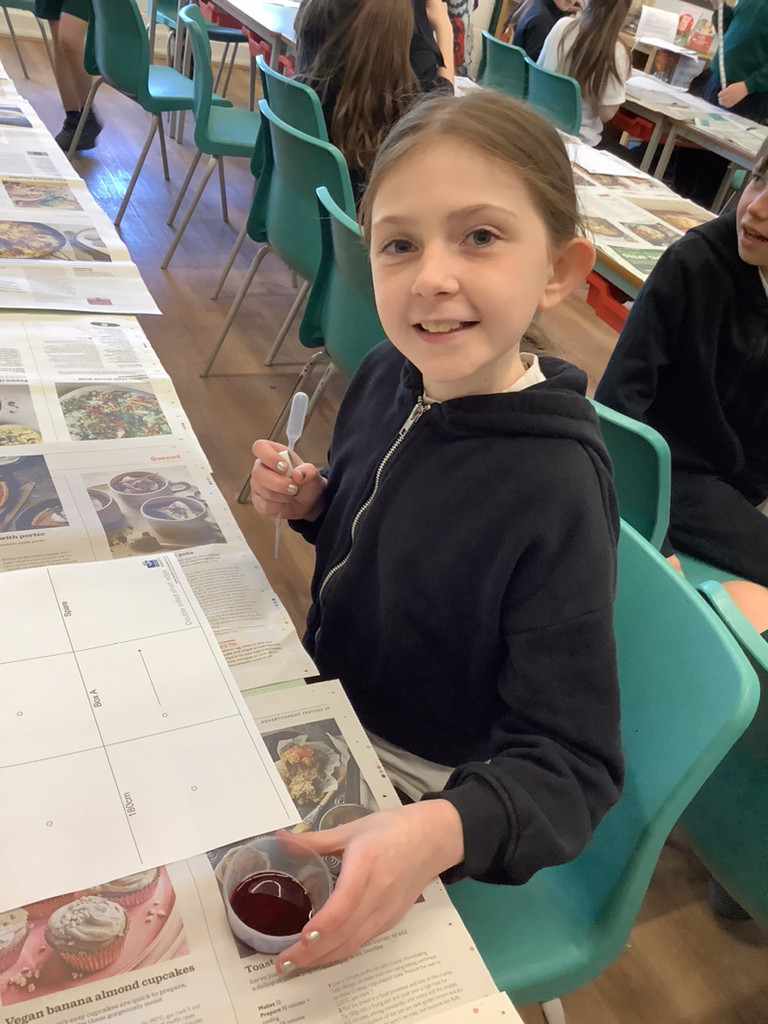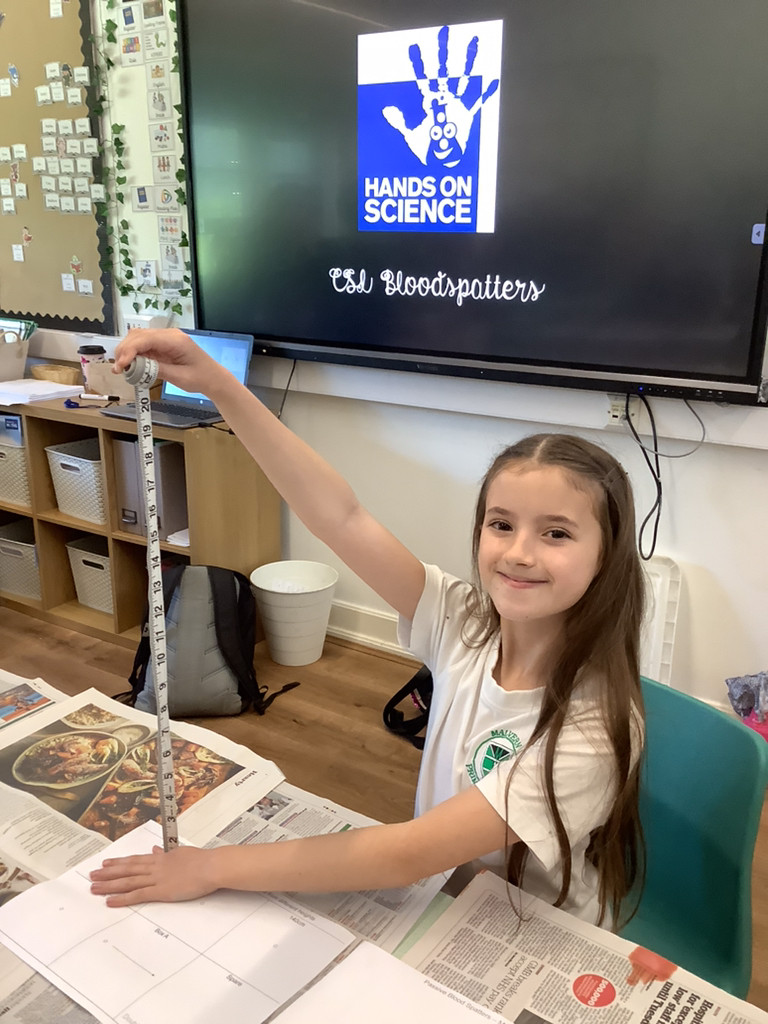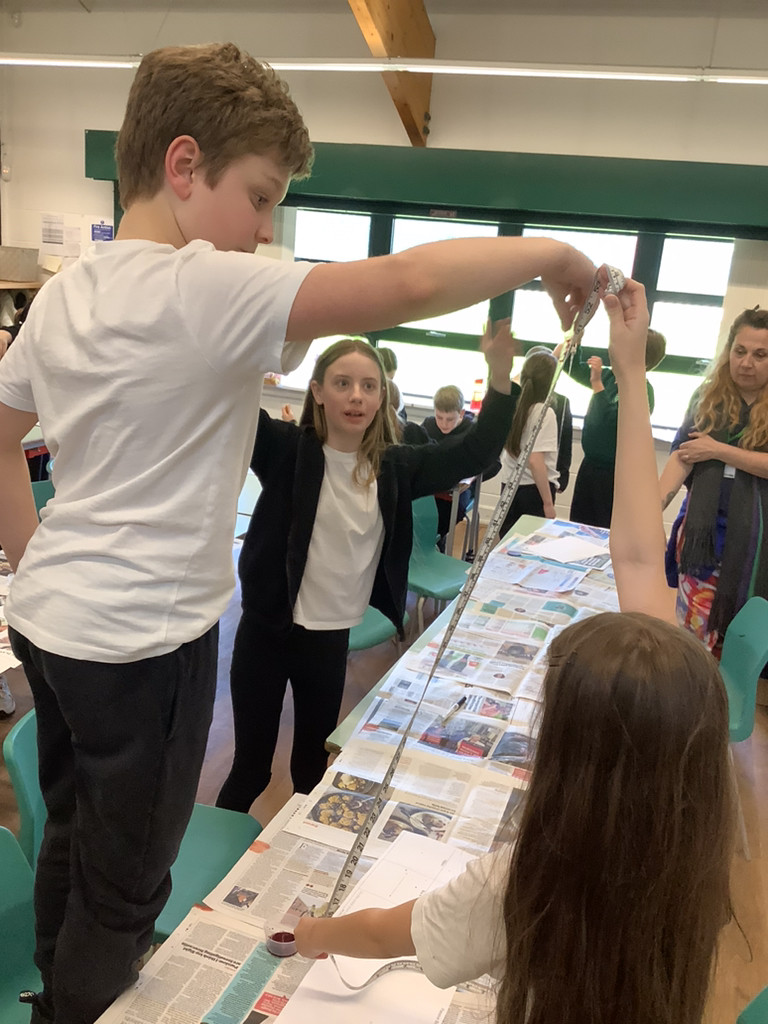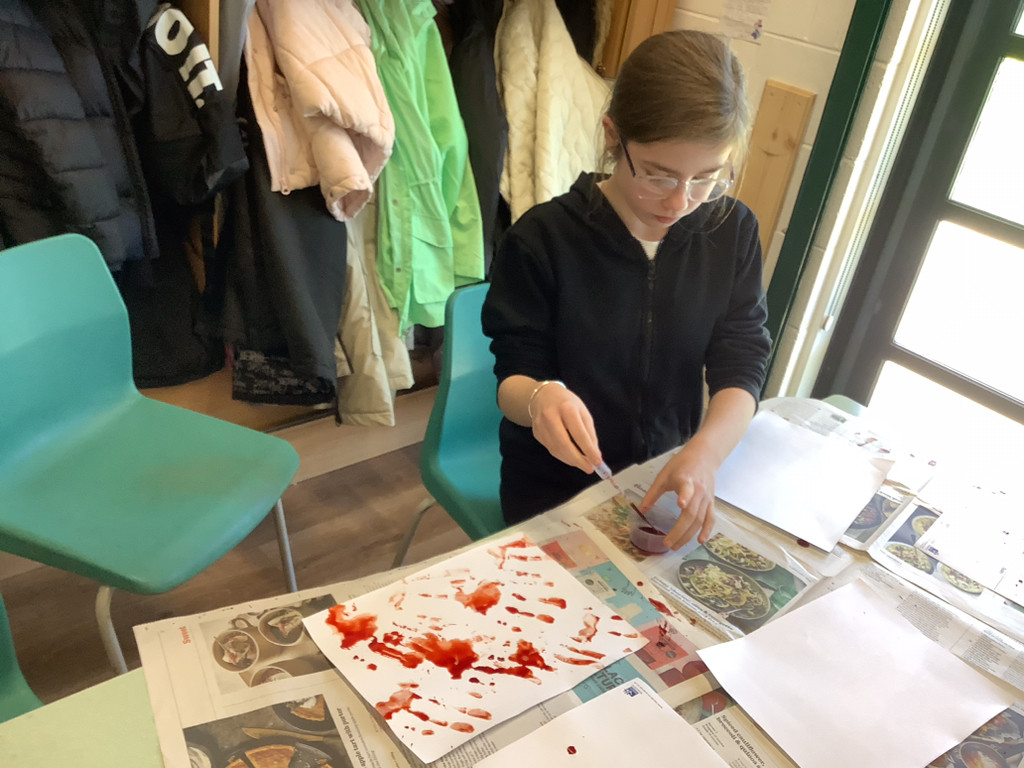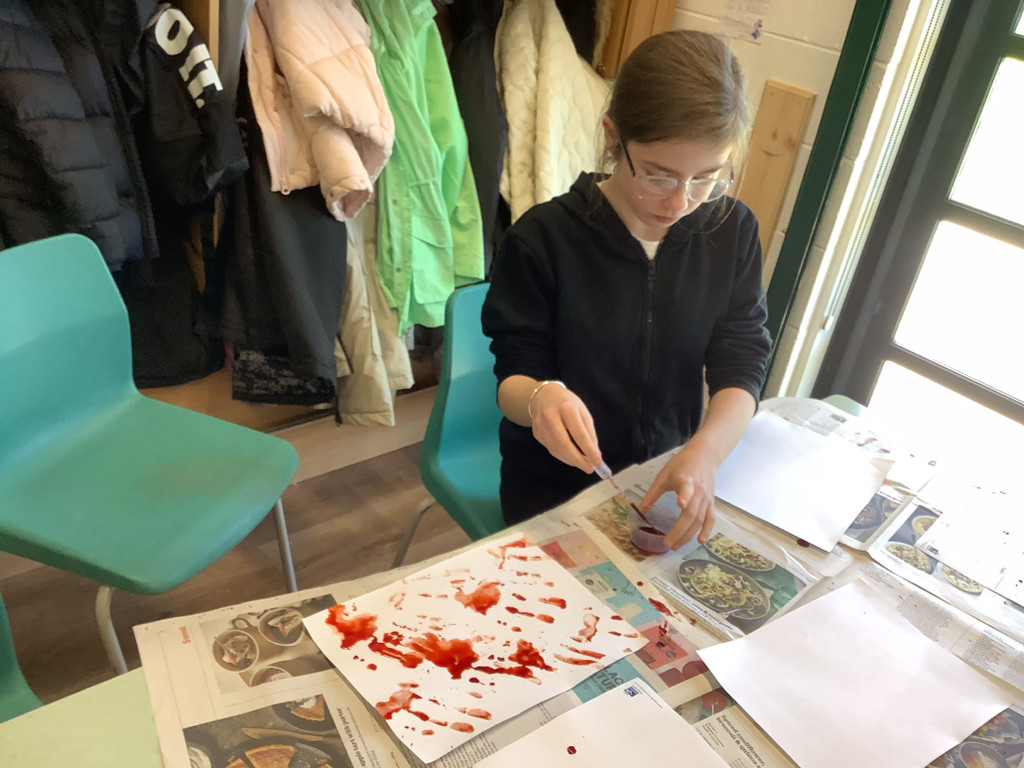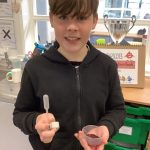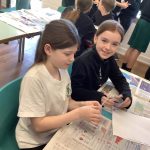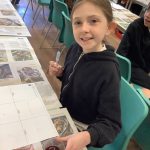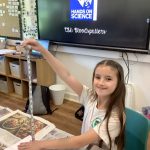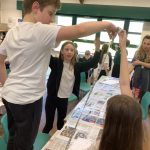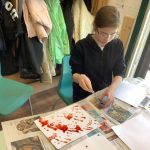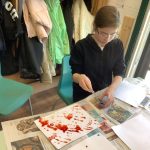Year One – Will it Float?
Why do some things float? The children learned about the properties of every day items. What does and does not float? How do up thrust, buoyancy, and forces help?
Year Two – Adaptation and Camouflage
This adaptation and camouflage workshop brought to life how animals and humans adapt to survive. The children used lots of fascinating visual aids and had great practical experiences too. Children could Identify that most living things live in habitats to which they are suited and could describe how different habitats provide for the basic needs of different kinds of animals and plants.
Did you know that over time animals also develop physical characteristics and behaviours which are best suited to their habitat?
Year three – Massive Magnets
The children investigated the Earth’s amazing magnetic field. They explored the properties of magnets, plotted their flux patterns and behaviours. The children focused on magnets, magnetic fields and materials and the role of magnets in travel. Why does the earth have a magnetic field? What is the journey of a flux line in a bar magnet? Can a magnet create a force? What role did lodestones play in navigation before compasses were invented? After children explored these questions every pupil made their own compass to experiment with.
Year four – Surprising sounds
Children identified how sounds are made. They linked the sounds with vibrations. Then they experimented with how vibrations translate into sound in our ears. The children found patterns between the pitch of a sound and features of the object that produced it. Children discovered patterns between the volume of a sound and the strength of the vibrations that produced it. Children recognised that sounds get fainter as the distance from the sound source increase.
Year five – Colourful Candels
The colourful candle workshop introduced Heat, Light and Chemical Energy. the children learn about hydrogen, oxygen and carbon. The children investigated why the candles burn and different energy sources. The children looked at what respiration and candles have in common. What are high energy materials? Why do we need to make candles out of high energy materials? Every child made a candle to take home. The children investigated why the candles burn and different energy sources. The children looked at what respiration and candles have in common. What are high energy materials? Why do we need to make candles out of high energy materials? Every child made a candle to take home.
Year six – CSI bloodspatters
The children looked at how blood spatters evidence and use of forensics can help reconstruct the events that took place at a crime scene. They discovered if the victim is indeed innocent, using a range of pupil led investigations.


